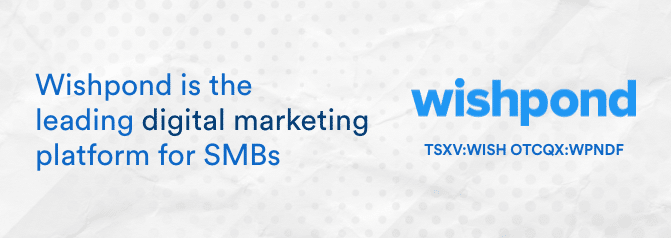

Halifax’s QRA Corp., which specializes in systems and requirements engineering technology, has unveiled its new quality analysis tool, called QVscribe, as part of a public beta program, enabling engineers to analyze requirements documents directly within Microsoft Word, and repair vulnerabilities in order to avoid expensive and painful reworking.
QVscribe was first launched in alpha mode in 2015, and represents QRA Corp.’s first major launch of a product available for engineers everywhere, as they had until now had been working exclusively with large partners such as Lockheed Martin.
The company is making QVscribe available for free for a limited time during the public beta period, and are seeking to have as many engineers as possible use the tool to help evolve future iterations.
According to QRA CEO Jordan Kyriakidis, the failure to detect production flaws as early in the design and production stages as possible costs the world’s largest defense and aerospace companies almost $100 billion in wasted resources annually.
______________________________________________________________________________________________________________________________

This article is brought to you by Nano One (TSXV:NNO). Nano One is changing how nanomaterials are made for batteries and other billion dollar markets. Click here to learn more
____________________________________________________________________________________________________________________________
“When developing new products, Engineers all share common frustrations when writing requirements. Since our early schooling, we are asked to be creative in our writing. Engineering on the other hand requires us to be precise, concise and unambiguous. It is a time consuming exercise,” said Defence Engineer Consultant Claude Lemelin. “QVscribe shows a requirements document’s weaknesses, so they can be quickly corrected. It’s a simple tool for a complex problem that I think has the potential to be very helpful throughout the requirement engineering process.”
Functioning almost like a spellcheck for requirements documentation, QVscribe’s Automark feature quickly evaluates and discreetly marks complex sets of requirements, showing engineers the exact location and nature of potential vulnerabilities.
Noting that the number of requirements on a large project can be in the many tens of thousands, QRA CEO Jordan Kyriakidis claims that after verifying a large number of system designs, QRA found that half of the problems lie not with the designs themselves, but with the requirements.
Errors in systems development can cause project delays and reworks, or potentially catastrophic test failures for safety-critical systems, whether spacecraft or autonomous vehicles, and are usually introduced through poorly written or ambiguous requirements documents.
“Good requirements are a dream to work with, yet poorly written ambiguous requirements have become an epidemic,” said Kyriakidis. “QVscribe is the fastest way to edit requirements documents – by turning syntactic weaknesses into strengths using a visual grading system powered by Natural Language Processing (NLP).”
QVscribe uses Natural Language Processing to locate vulnerabilities in requirements documents, which can cause serious problems for large engineering projects, such as the October 2014 crash of Virgin Galactic’s VSS Enterprise ship, or cost overruns experienced by space agencies, or the loss of expensive missions.
https://www.youtube.com/watch?v=n4dAYk0ZpIc&feature=youtu.be
Leave a Reply
You must be logged in to post a comment.







 Share
Share Tweet
Tweet Share
Share




Comment